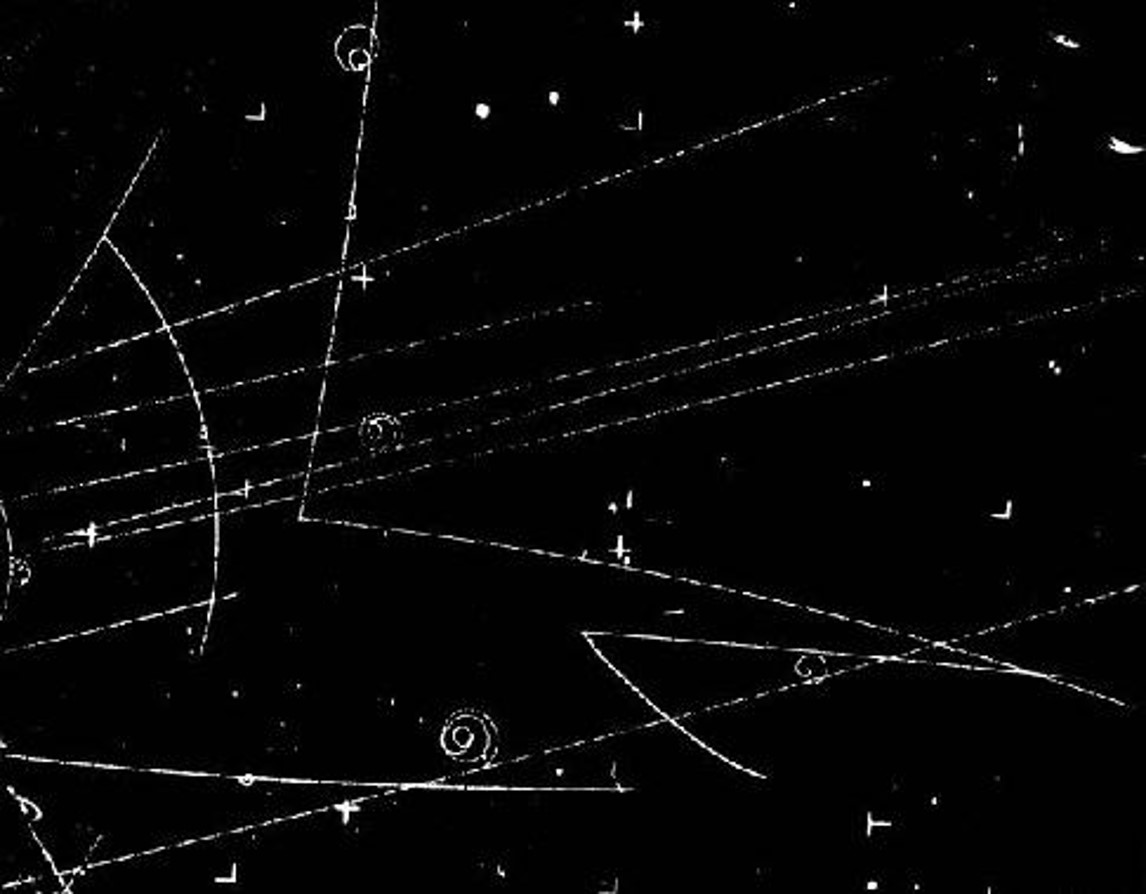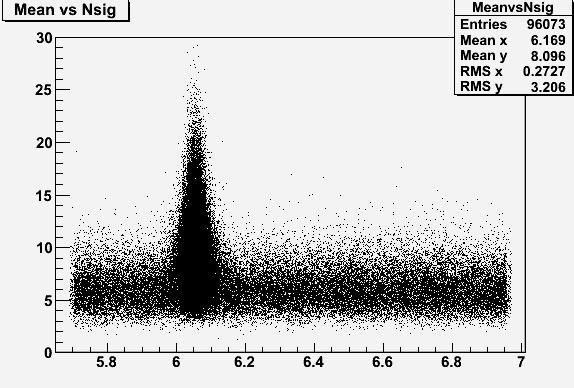Last Tuesday CDF announced their own discovery of the Omega_b baryon, a measurement which creates a controversy with the competing experiment at the Tevatron collider, DZERO. That is because DZERO had already claimed discovery for that particle, almost one year ago, and because the two measurements disagree wildly with each other. Just browse through
my past few posts in this column and you will find all the information you need (how lazy can one be with links?).
"I seldom enjoy competition in real life. I find it fun only when I am up against somebody who takes things more seriously than I do."
QDS
In thirty minutes (4 PM Chicago time) a
live streaming of the Omega_b discovery by CDF will be broadcast at this link:
http://vms-db-srv.fnal.gov/fmi/xsl/VMS_Site_2/000Return/video/r_live.xslPlease follow it if you are interested in particle physics -
Pat Lukens, the main author of the analysis, and a very experienced and skilled physicist who has spent the better part of his life for the good of the CDF experiment, will be discussing this fantastic new analysis for all of us.
In the last few days I indulged in a rather technical description of the checks I made on DZERO's evaluation of the significance of their observation of Omega_b particles. In those occasions I did not discuss either what the Omega_b is, nor what is its relevance, nor the details of how DZERO collected a small but significant sample of events characterized by the production of that ephemeral particle.
Good news today. Yesterday afternoon Werner Faymann, the Austrian Federal Chancellor, announced that Austria will not leave CERN, as previously suggested. An official confirmation of this decision will be received this afternoon by letter by the President of the CERN Council.
The decision of Austria does not surprise me - it would have been both crazy and self-destructive for Austrians to decide to leave the rich program of particle physics that they have contributed heavily to make a reality.
The swine flu is spreading silently and slowly throughout the World, but it does not make headlines any more -or not yet again, at least. So far, a total of 8565 cases have been reported in five continents, and 73 people have died of it. The last death reported is a 55-years-old teacher in New York, who passed away after a five-day respiratory crisis.
This influenza is not as deadly as initially thought, if we look at the numbers: given the above numbers we obtain a death rate of less than one in a hundred -or, to be precise, 8.52+-0.99 per mille, where the uncertainty given is just statistical.
 K0 Regeneration
K0 Regeneration And The USERN Prize Winners For 2024 Are....
And The USERN Prize Winners For 2024 Are.... Flying Drones With Particle Detectors
Flying Drones With Particle Detectors Some Notes On The Utility Function Of Fundamental Science Experiments
Some Notes On The Utility Function Of Fundamental Science Experiments







